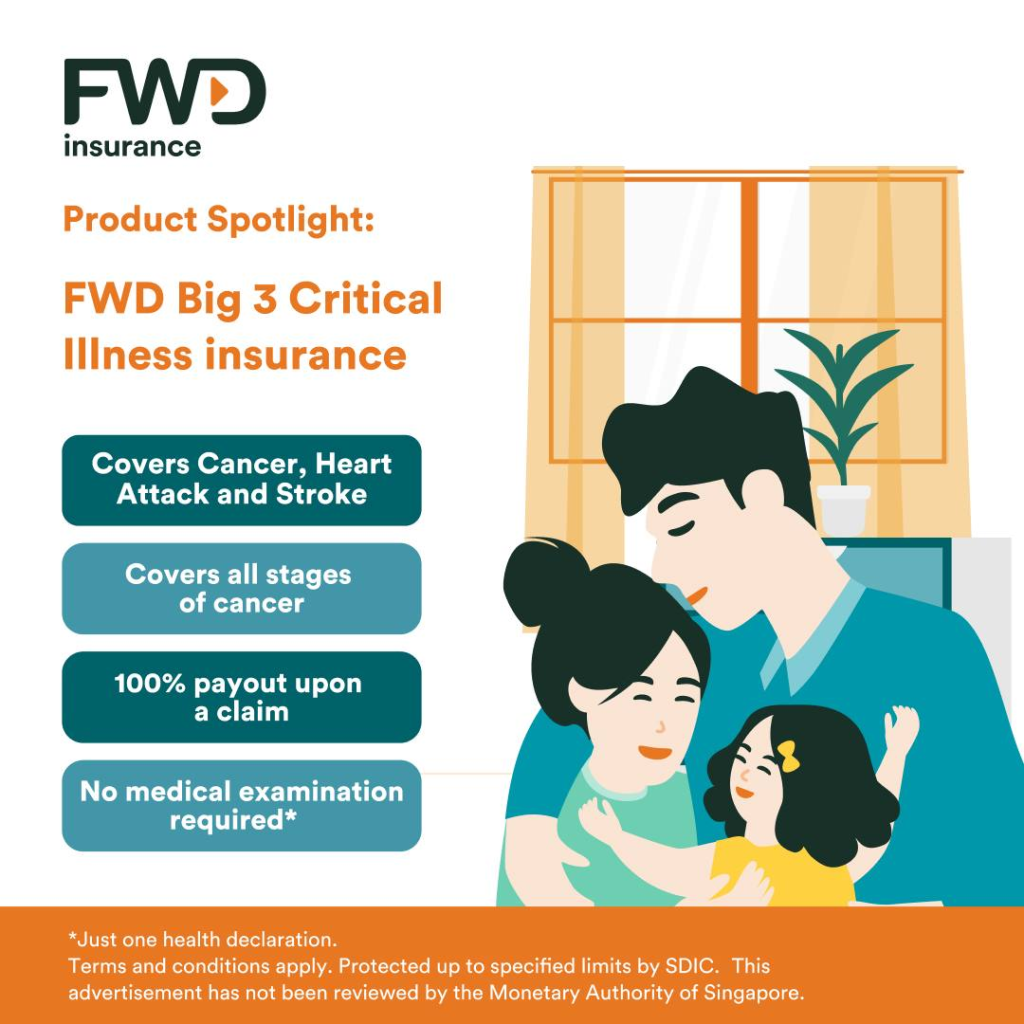Singapore has snagged the top spot as the world’s most expensive city to reside in for five consecutive years. The city-state unseated Zurich back in 2017, and has consistently maintained its top spot since then.
But as if the sky-high cost of living wasn’t enough, Singaporeans are now being dealt another blow in the form of inflation.
As the world grapples with economic turmoil resulting from the Russia-Ukraine war and the aftermath of COVID-19, Singapore’s key consumer price gauge rose 5.5 per cent – the fastest pace in more than 14 years – in January this year.
This increase is driven by higher prices of services, food, retail and other goods, as well as the increment in GST from seven to eight per cent this year.
The ripple effect of inflation has hit Singaporeans where it hurts the most: their bank accounts. In fact, eight in 10 Singaporeans said that their personal financial situations have been adversely affected.
In an effort to make ends meet, Singaporeans are considering drastic measures to alleviate their financial burden, including cutting out their insurance plans.
In particular, about 12 per cent of them are contemplating this move, but while this may seem like a quick fix, it’s a risky gambit that could cost them dearly in the long run.
Singaporeans are among the most stressed in the world

Removing insurance plans is a risky decision, especially for those who are under stress.
Unfortunately, stress is an all-too-common phenomenon amongst Singaporeans. They are among the most frazzled in the world, with a staggering 86 per cent of Singaporeans feeling the strain at work.
This is well above the global average, with 15 per cent of Singaporeans struggling to cope with the pressure. As a result, more than nine out of 10 Singaporeans are burnt out as they are exposed to prolonged stress.
These statistics are not a good sign as high levels of cortisol – the hormone associated with stress – can lead to a slew of chronic illnesses, including stroke and heart attacks. As a matter of fact, about one in four Singaporeans above the age of 40 are likely to suffer at least one chronic disease.
In addition, chronic illnesses such as heart diseases and stroke have overtook infectious diseases as the main cause of mortality in Singapore since 2001. Just two years ago, it was reported that almost one in three deaths are caused by these illnesses.
Separately, the Singapore Cancer Registry Annual Report 2020 found that an average of 44 people get diagnosed with cancer everyday.
But Singaporeans do not see the need to be insured

Although one in two Singaporeans feel as though they are financially prepared for the onset of a critical illness, the reality is that a large majority of them do not actually have sufficient coverage.
Only 15 per cent of Singaporeans have critical illness coverage that match their critical illness protection needs, which is about 3.9 times of their annual income, according to Life Insurance Association’s 2017 Protection Gap Study.
In addition, 92 per cent of them also did not have an accurate view of the amount of coverage required to sustain their recovery, leaving them vulnerable to the financial consequences of these debilitating diseases.
These financial consequences can be devastating, considering that nearly half of Singaporeans do not have enough emergency funds to last six months in a crisis.
However, that’s not the only problem. Due to inflation, healthcare costs in Singapore are also expected to increase 9.8 per cent this year, reaching its highest level in nearly 15 years.
As it is, treatments for late-stage cancer – which is the leading cause of death amongst Singaporeans – already cost between S$100,000 and S$200,000 a year.
On the other hand, those who have heart complications can end up forking out several thousands for treatments. For instance, the median cost of a heart bypass surgery can cost S$6,966 in a subsidised public ward, with the average cost reaching up to S$75,398 in private hospitals.
The prospect of covering the costs of life-saving treatments for illnesses like these is daunting. Without a safety net to fall back on such as critical illness (CI) insurance, many Singaporeans would not be able to afford these treatments.
Balancing cost-cutting with essential coverage
Although cutting costs is inevitable to survive during times of economic turmoil, forgoing insurance entirely is not a good call. It’s a gamble not worth taking, considering the significant risks you are exposed to when not covered by insurance.
FWD’s popular Big 3 Critical Illness insurance product can provide you with coverage for all stages of cancer, late-stage stroke and late-stage heart attack – which collectively account for 88 and 91 per cent of CI claims for men and women in Singapore respectively – at an affordable cost.

FWD’s policy offers affordable premiums depending on one’s age, with lower costs for younger individuals.
For those aged between 25 and 35 years old, the premiums start from S$18.15 to S$21.32 per month for S$100,000 of coverage (based on non-smoking males aged 25 and 35, after factoring a 35 per cent perpetual discount). This makes it an attractive price point for those who are just starting on their critical illness coverage journey.
With this plan, you can have the flexibility to enhance your coverage, with an option to add on heart and neurological disorders benefits.
In addition to these benefits, the policy also offers 100 per cent, lump sum cash payout, allowing you full flexibility to utilise the sum for your treatment or on other commitments.
Essentially, the plan can be customised according to your coverage requirements, ranging between S$50,000, S$100,000 and S$200,000.
Furthermore, signing up for the policy is fuss-free and can be done online in less than three minutes. All you need to do is answer a simple online health declaration, without needing to undergo a medical examination. You can then renew and extend your coverage yearly, up to the age of 85.
Get started on your CI coverage journey with FWD
As Singapore battles inflation and faces economic turmoil, many Singaporeans are feeling the strain in their personal finances.
With the cost of living and healthcare expenses continuing to soar, securing a CI plan becomes a pressing necessity – particularly when it comes to critical illnesses such as stroke, cancer and heart attacks.
In this regard, FWD emerges as a trusted insurance provider offering reliable and affordable insurance options. It is in its 10th year of operation, and serves over 10 million customers across 10 markets in Asia.
If you’re unsure of how much insurance coverage you need, you can utilise CPF Board’s Insurance Estimator to calculate the appropriate amount of life insurance coverage necessary to financially support your dependents in the unfortunate event of your demise.
You can also take FWD’s quiz to explore the range of CI coverage that it offers, so you can find a suitable plan that matches your health concerns and budget.
If you are a Singapore resident between 18 and 65 years old, you can sign up for FWD’s Big 3 Critical Illness insurance plan here.
This article is meant for general information only and does not constitute any financial advice. You may wish to seek advice from a financial adviser representative for a financial analysis before purchasing a policy suitable to meet your needs. Terms and conditions apply to the products mentioned. Protected up to specific limits by Singapore Deposit Insurance Corporation. This advertisement has not been reviewed by the Monetary Authority of Singapore.
This article was written in collaboration with FWD Singapore.
Featured Image Credit: iStock










